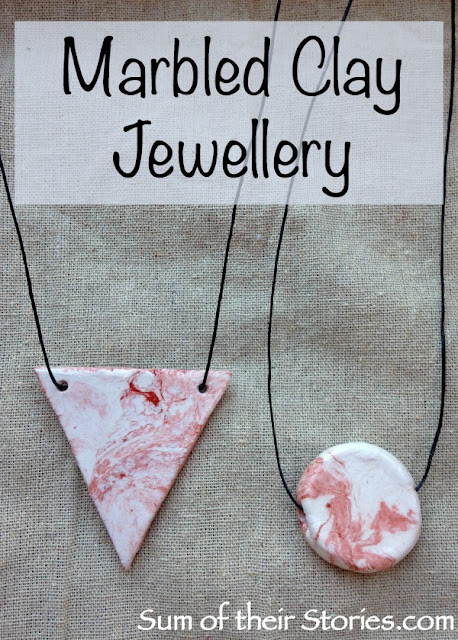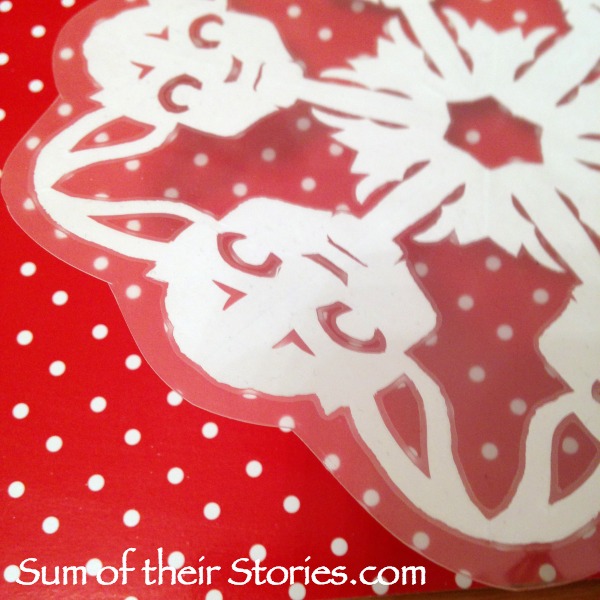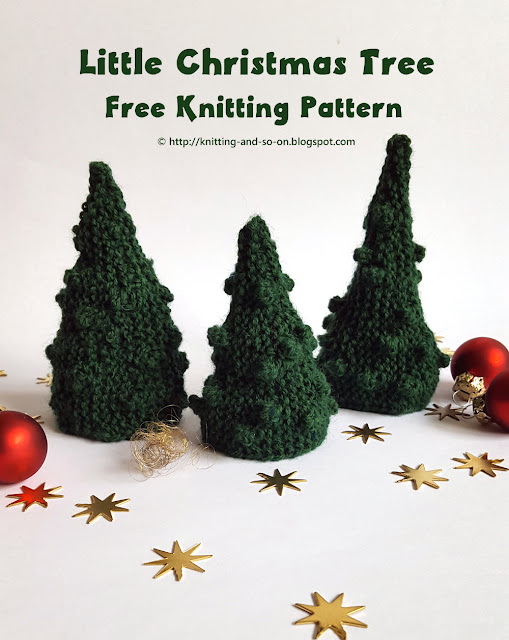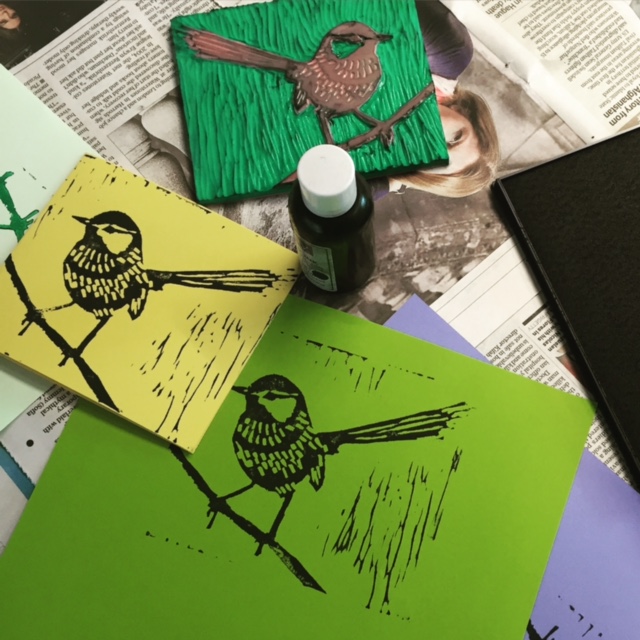This post contains affiliate links
Cass Art sent me some Air hardening clay and marbling medium to try out and review as part of their upcoming #BEINSPIRED campaign.
In the package I had pack of DAS air hardening clay, 2 packs of DAS Idea Mix marbling material in Verona Red and Sodalite Blue, a bottle of Vernidas Vitrifying Varnish and a DAS adjustable rolling pin, all in a lovely reusable Cass Art tote bag. The rolling pin has clever rubber rings so you can easily adjust the thickness of whatever you are rolling.
I've made a whole load of things from this 1kg pack of clay which I'll share over time, but I thought I'd start with this simple marbled jewellery.
Before you begin get everything ready that you will need. This clay dries in the air, which means it starts to dry as soon as it comes out of the packet!
Have a little pot of water handy as you can damp your fingers to make the clay more workable. I wouldn't make it too wet though, I found it slippery and difficult to handle if I made it too wet.
Marbling the clay is pretty easy. You break off a big lump of the air hardening clay, knead it a little to soften it then add some smaller blobs of the marbling mix.
Just knead it and roll it, repeating a couple of times and a random marbled effect just appears. Don't knead and re roll too many times though or the effect starts to disappear and the clay turns a pale blue (or red, or whatever colour you are adding)
I tried out both the red and blue, you can see my photos here switch between the two.
Once your clay is marbled you are ready to begin making your jewellery shapes.
For the triangle pendant I rolled the clay out leaving the largest rubber ring on, that leaves the clay 5mm thick.
I made a paper template of a triangle 6cm(2.25'") x 6cm(2.25"), laid it on the clay and then cut round it. I tried my x-acto knife and just a regular kitchen knife. Both cut the clay just fine so either will work. I also tried just using my cutting mat or rolling out the clay on a piece of baking parchment. The baking parchment did make it easier to lift the clay shapes up, but it did make it a bit slippery to roll out so swings and roundabouts with that. Try it out, see which you prefer.
If your shapes have little rough bits like mine on the left, just wet your finger with a drop of water then smooth the clay down. You can pick the pieces up and handle them carefully, so you can smooth all the sides. Apparently you can sand this clay once it's dry but it seemed easier to me to smooth it at this stage.
Then make holes for the cord. I used a wooden kebab skewer. Poke the skewer in from the front and then again from the back, giving it a bit of a wiggle to make sure no little lumps of clay get stuck inside.
Now the difficult part, you just leave then for about 24 hours to dry and harden. (Oh and wash your knives, rolling pin, board etc now, hot soapy water works fine)
You can see here how the white clay lightens as it dries. The marbling mix colours stayed pretty much the same.
It takes between 12 and 48 hours for everything to completely dry and harden, depending on the thickness. The mini bunting pieces dried really quickly, the fatter beads took longer. Once they are dry the pieces will feel much lighter too.
Then you can varnish to protect the clay and to give a glossy finish. The Vitrifying varnish gives an amazing high shine, it really is a glass like finish. Just brush it on one side at a time, giving it time to dry in between. I found any brush marks just smoothed themselves out so no need to fuss over them.
It's not a great photo but you can see the high gloss on the left v the matt look before varnish on the right.
To make these flattened beads, just roll a lump of clay into a ball, poke your wooden kebab skewer through either in the centre or just a little above centre then flatten very lightly with the rolling pin.
Looking at this photo below of the finished blue pebble pendant I think I should have spent just a little longer smoothing the clay at the bottom before I left it to dry and harden. It's a little bit too creasy for my liking, although in nature pebbles to have cracks and crevices in them. Maybe subliminally I was going for a natural effect!
This little bunting necklace was made in the same way as the triangle pendants but on a much smaller scale.
The clay was rolled out to 3.5mm (the middle rubber ring on the rolling pin) and much smaller triangles cut out. I tried mixing a little of my marbled mix into a fresh lump of the red Idea Mix to give a reversed marble effect for some of the triangles.
The little holes for the jump rings I made with cocktail sticks.
Originally I thought I would join each piece of bunting with a single oval jump ring but they just didn't fit.
You can see what I mean on this page from my little note book (where I make notes and sketch ideas that may or may not ever happen)
I ended up adding a little round 7mm jump ring to each side of the bunting triangles then joined them up with another jump ring.
This way the triangles lie flat, if I'd joined the triangles directly to one another the whole thing would twist.
Part of Cass Art's #BEINSPIRED campaign is to share where inspiration comes from. Normally for me it's Pinterest, magazines, books, TV, looking out of the window..... anything really. With this marbled clay I originally set off thinking I was going to create clay pebbles to turn into beads. As the marbling effect starts to appear in the lump of clay it does feel like you are holding a large, cold, slightly wet pebble. But as I was experimenting I thought it would be fun to try geometric shapes, to contrast completely with the natural stone effect of the marbling. Triangles are such a simple shape to begin, but I would like to try the hexagon, or maybe the triangle split into 3 from my note book when I have time.
Have you ever tried using air hardening clay? It was much simpler to work with that I was expecting and the glossy varnish gives the pieces a lovely expensive finish. I've really enjoyed playing with it and have quite a few more projects to share with you later on.
You might also be interested in:
|
|
|
|







































































